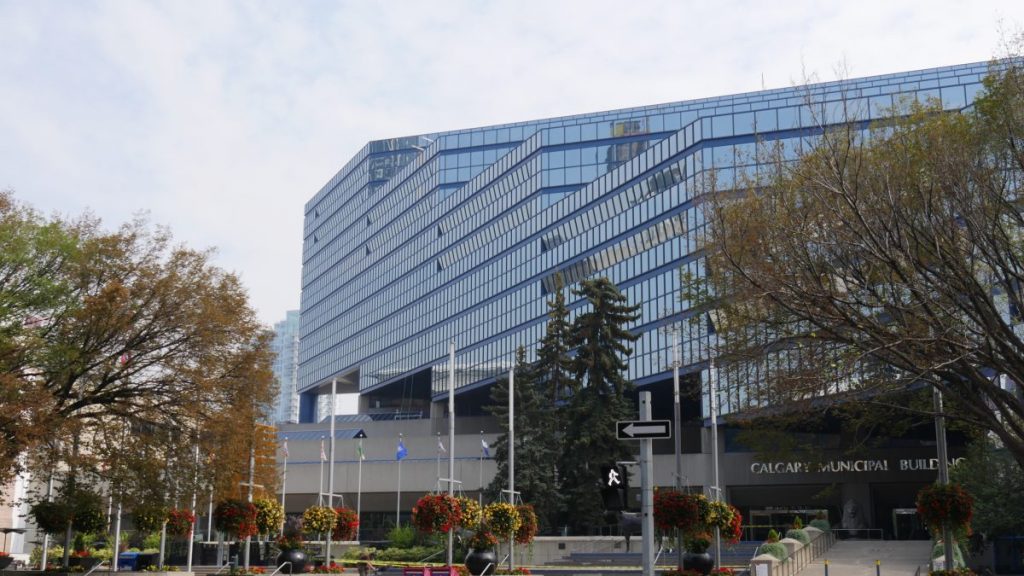US Border Patrol unveils 1st new strategy in 8 years as apprehensions from Mexico plummet
Posted May 8, 2012 11:26 am.
This article is more than 5 years old.
SAN DIEGO – With border crossings at a 40-year low, the U.S. Border Patrol announced a new strategy Tuesday that targets repeat crossers and tries to find out why they keeping coming.
The Border Patrol previously relied on a strategy that blanketed heavily trafficked corridors for illegal immigrants with agents, pushing migrants to more remote areas where they would presumably be easier to capture and discouraged from trying again.
“The jury, for me at least, is out on whether that’s a solid strategy,” Chief Mike Fisher told The Associated Press.
The new strategy draws on intelligence to identify repeat crossers and to determine why they keep coming, said Fisher, who was expected to address a House of Representatives subcommittee on the plan Tuesday.
The new strategy also moves to halt a revolving-door policy of sending migrants back to Mexico without any punishment.
Conditions on the border have changed dramatically. An unprecedented hiring boom more than doubled the number of agents to 21,000 since 2004, accompanied by heavy spending on fencing, cameras, sensors and other gadgets.
At the same time, migration from Mexico has slowed significantly. Last year, the Border Patrol made 327,577 apprehensions on the Mexican border, down 80 per cent from more than 1.6 million in 2000. It was the slowest year since 1971.
The Pew Hispanic Center reported last month that the largest wave of migrants from a single country in U.S. history had stopped increasing and may have reversed.
The Border Patrol now feels it can begin imposing more serious consequences on almost everyone it catches from Texas’ Rio Grande Valley to San Diego. In divides border crossers into seven categories, ranging from first-time offenders to people with criminal records.
Punishments vary by region, but there is a common thread: Simply turning people around after taking their fingerprints is the choice of last resort. Some, including children and the medically ill, will still be turned around at the nearest border crossing.
The new strategy makes no mention of expanding fences and other physical barriers, a departure from the administration of former President George W. Bush.
The strategy makes only brief mention of technology in the wake of a failed $1 billion program that was supposed to put a network of cameras, ground sensors and radars along the entire border. Fisher said the agency is moving more toward mobile surveillance like unmanned aerial vehicles and helicopters.
The strategy also makes it a top priority to ferret out corrupt agents, which has emerged as a growing threat as the agency has expanded.










